Experts share bear confrontation information
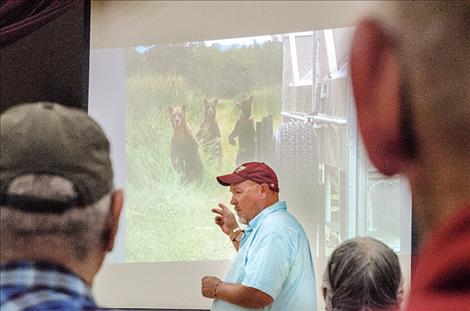
Karen Peterson
Confederated Salish and Kootenai Tribes Wildlife Biologist Stacy Courville speaks at a meeting in Arlee on Aug. 28 about the conflicts that arise as bears share land with humans on the CSKT Reservation. He points towards a photo of three bears checking out a trap used to relocate bears.
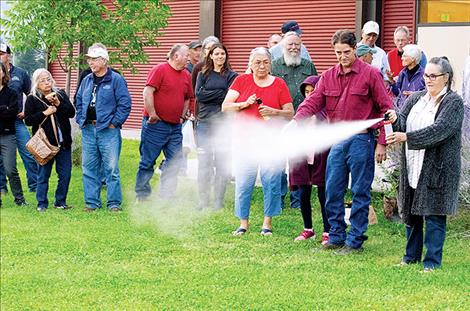
Karen Peterson
Steve Primm, People and Carnivores founder, shows participants how to use bear spray the correct way.
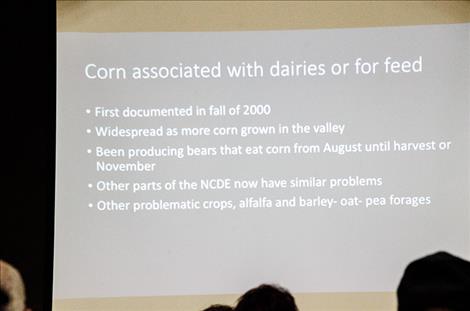
Karen Peterson
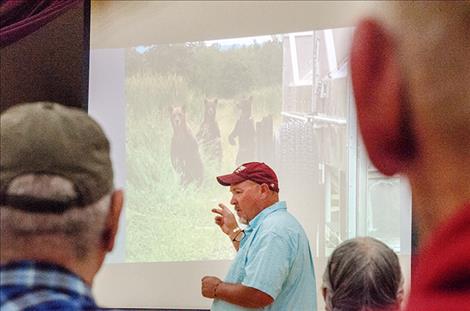
Karen Peterson
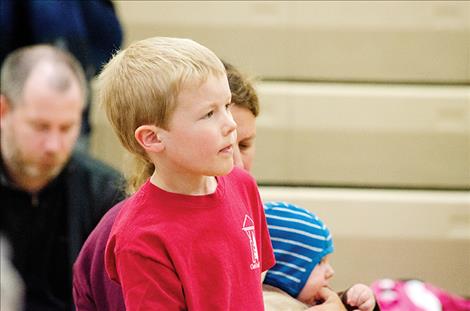
Karen Peterson
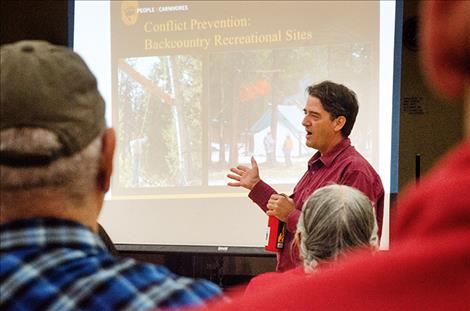
Karen Peterson
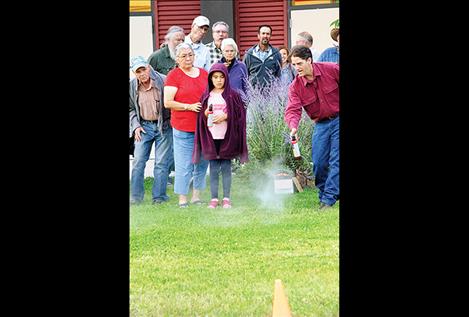
Karen Peterson
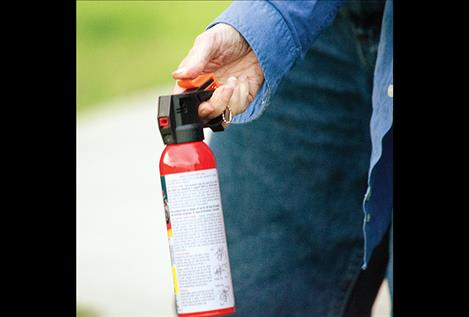
Karen Peterson
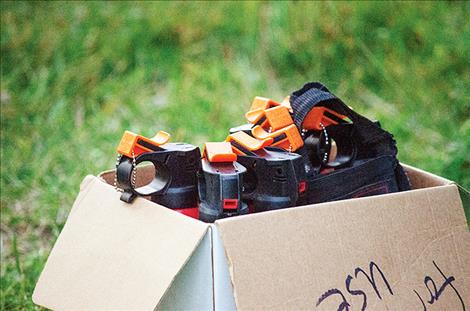
Karen Peterson
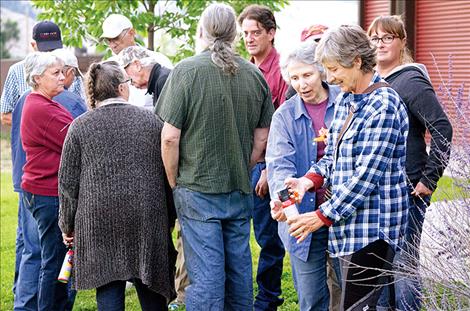
Karen Peterson
Issue Date: 9/5/2018
Last Updated: 9/4/2018 7:45:07 PM |
By
Karen Greene
Keep Reading!
You’ve reached the limit of 3 free articles - but don’t let that stop you.















